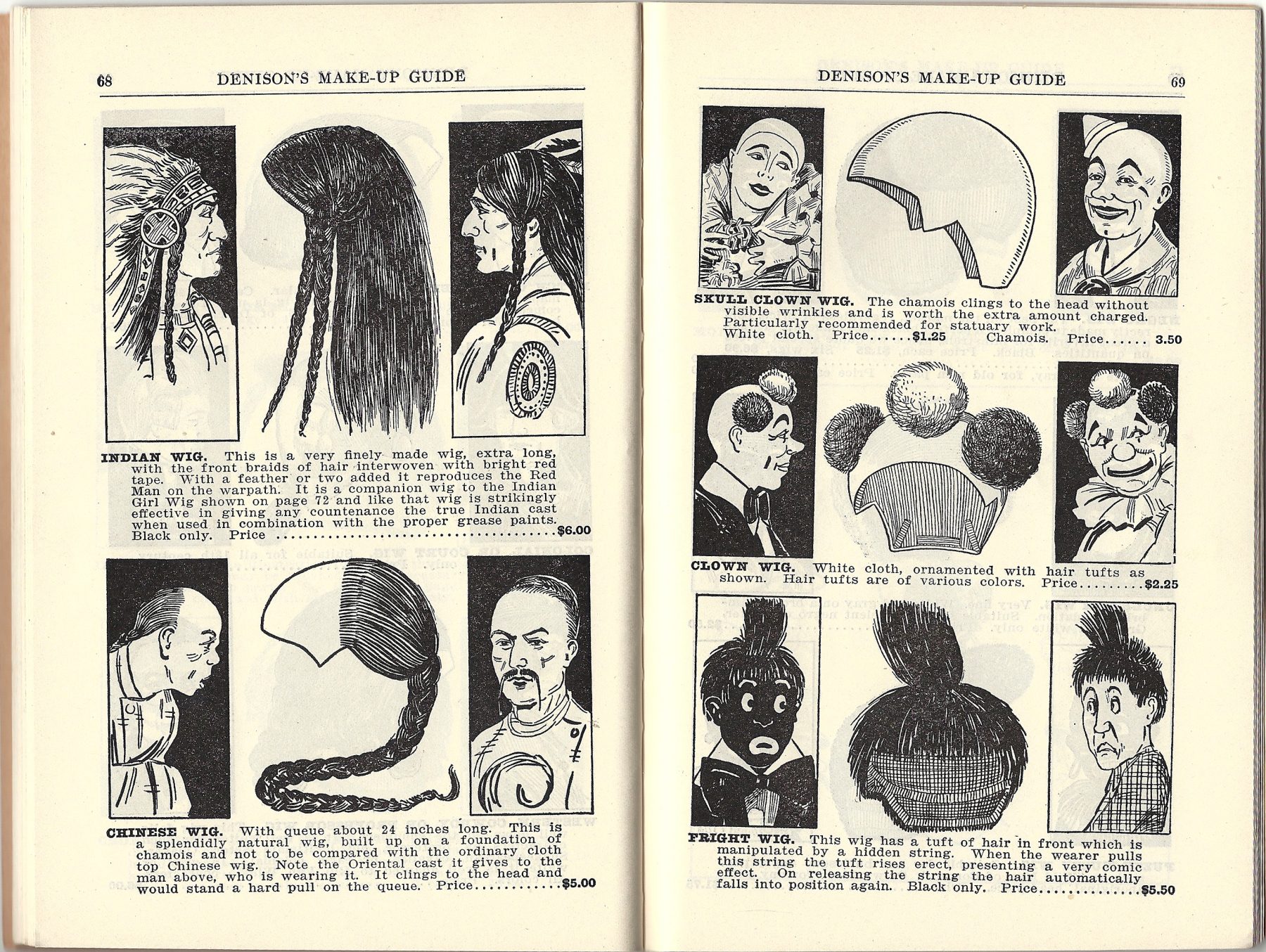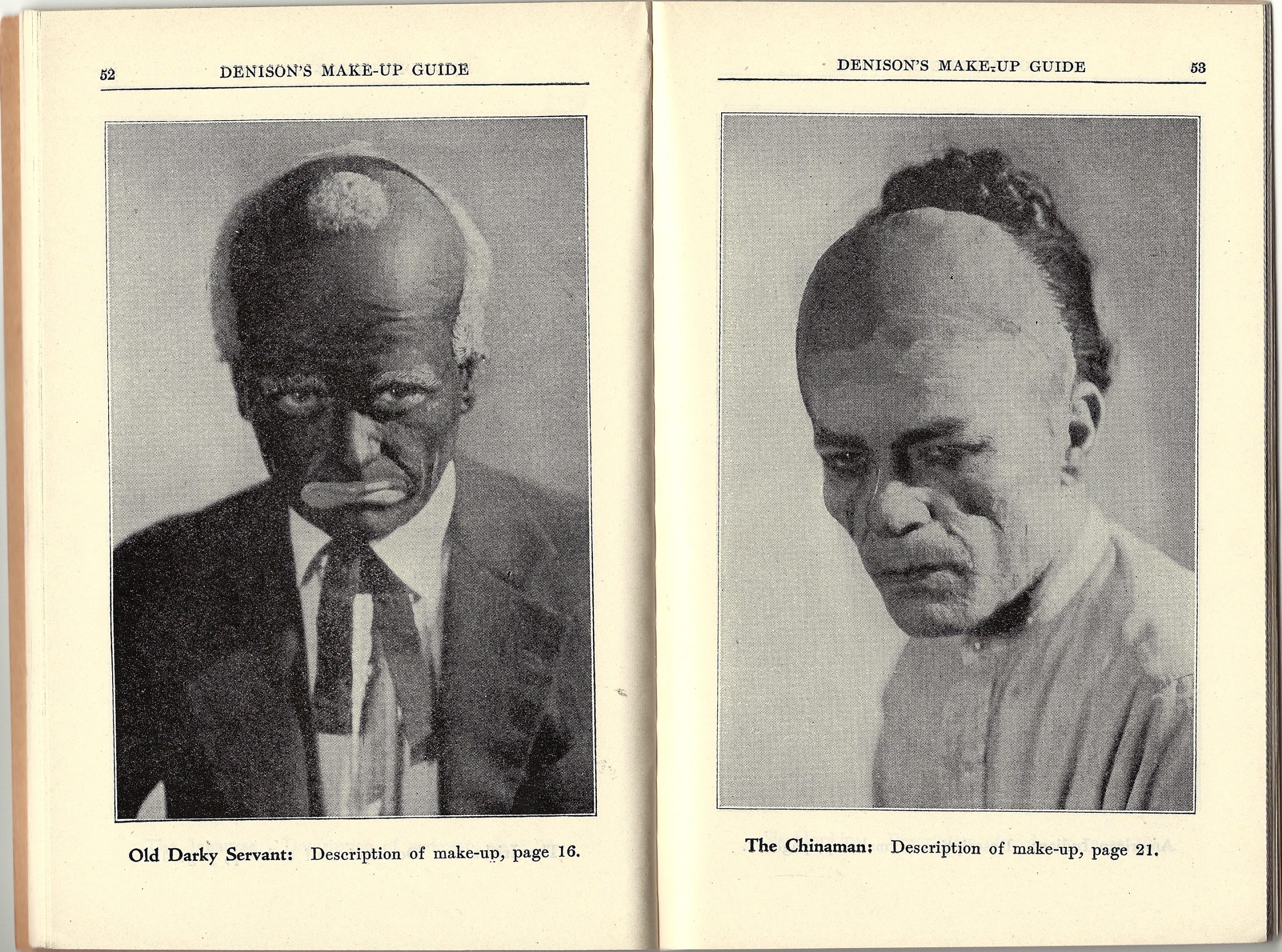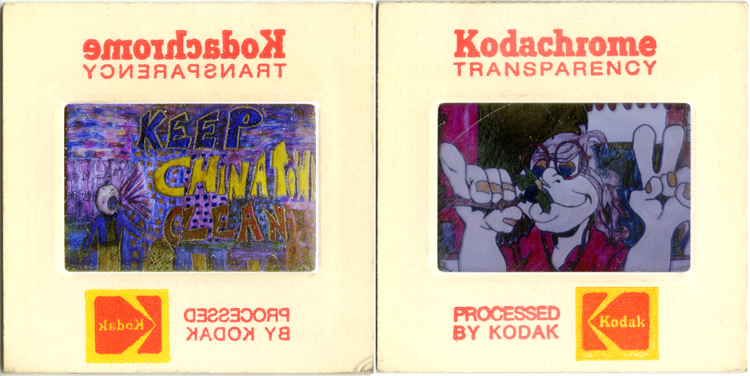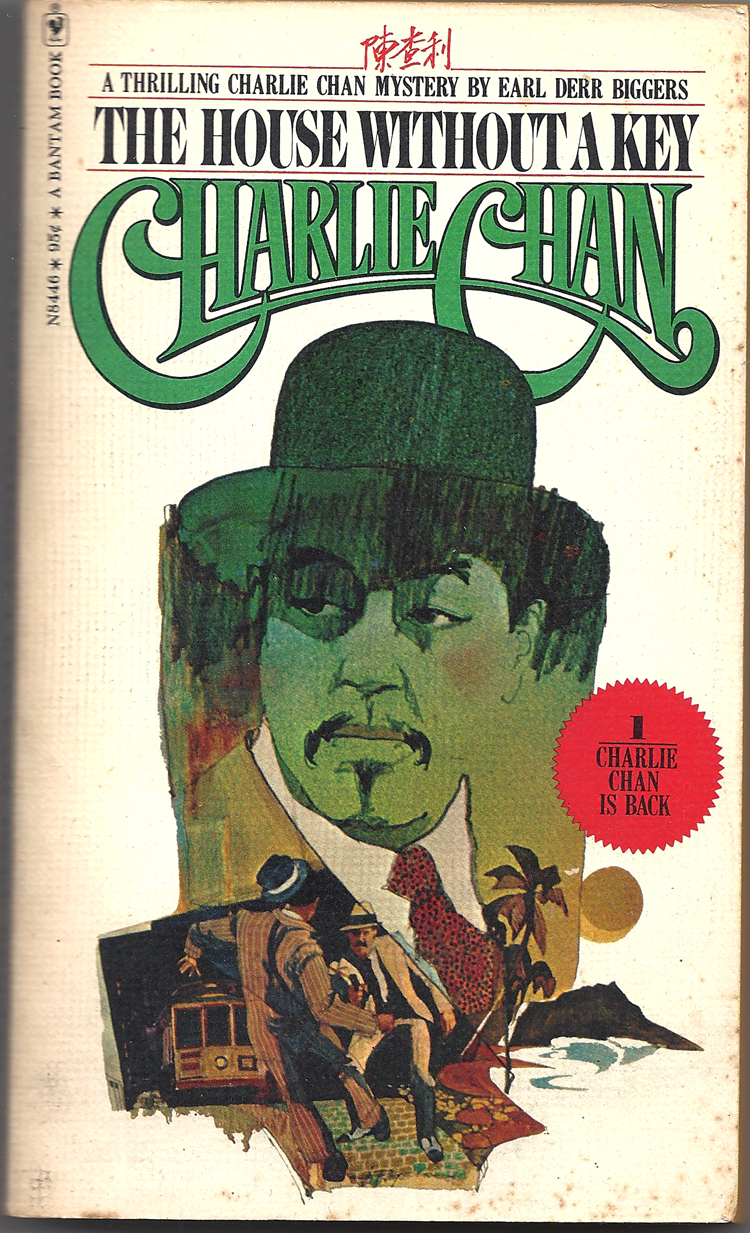Collections馆藏Collections馆藏Collections馆藏Collections馆藏Collections馆藏Collections馆藏Collections馆藏Collections馆藏Collections馆藏Collections馆藏Collections馆藏Collections馆藏Collections馆藏Collections馆藏Collections馆藏Collections馆藏Collections馆藏Collections馆藏Collections馆藏Collections馆藏Collections馆藏Collections馆藏Collections馆藏Collections馆藏Collections馆藏Collections馆藏Collections馆藏Collections馆藏Collections馆藏Collections馆藏Collections馆藏Collections馆藏Collections馆藏Collections馆藏Collections馆藏Collections馆藏Collections馆藏Collections馆藏Collections馆藏Collections馆藏Collections馆藏Collections馆藏Collections馆藏Collections馆藏Collections馆藏Collections馆藏Collections馆藏Collections馆藏Collections馆藏Collections馆藏Collections馆藏Collections馆藏Collections馆藏Collections馆藏Collections馆藏Collections馆藏Collections馆藏Collections馆藏Collections馆藏Collections馆藏Collections馆藏Collections馆藏Collections馆藏Collections馆藏

19 April 2019 Posted.
Denison’s Make-Up Guide. Museum of Chinese in America (MOCA) Collection.
《丹尼森的化装指南》美国华人博物馆(MOCA)馆藏

Denison’s Make-Up Guide.
Museum of Chinese in America (MOCA) Collection.
《丹尼森的化装指南》
美国华人博物馆(MOCA)馆藏
这本小册子展示了20世纪初美国国内的许多刻板印象。1926年出版的丹尼森指南是“为业余舞台表演爱好者而写的,也包含了给舞台表演艺术专业人士的有价值信息”。在指南第68页上的“中式假发”展示了一种被称作“辫子头”的发型。从丹尼森的描述来看,这个发型和“中国佬”这个角色被用来制造喜剧效果。丹尼森强调:假发紧贴头部,并且“它的辫子可以承受用力的拉扯”。这种发型是中国满族人文化身份的象征,后来在清朝被强加给汉人。然而,在20世纪初的清王朝末期和民国初期,这个发型成为了反抗的象征。在这个描述中,这个发型完全失去了它的文化分量,展现了一种对中国人的刻板和过时的看法。此外,它还忽略了“辫子头”背后的复杂深刻的历史背景。丹尼森指南是重要的,因为它让人们意识到了对不止一种文化的误解和概化解读。



